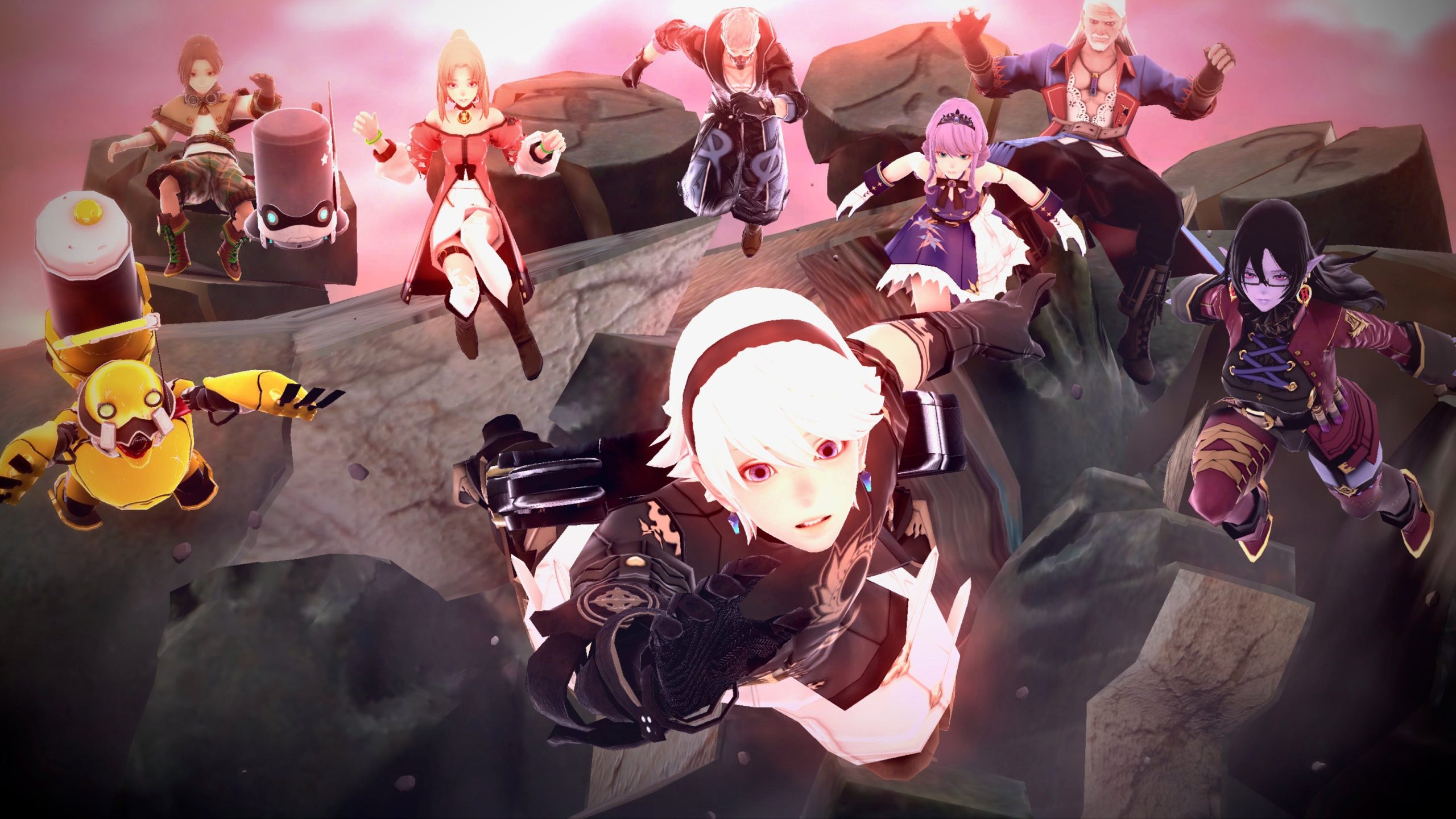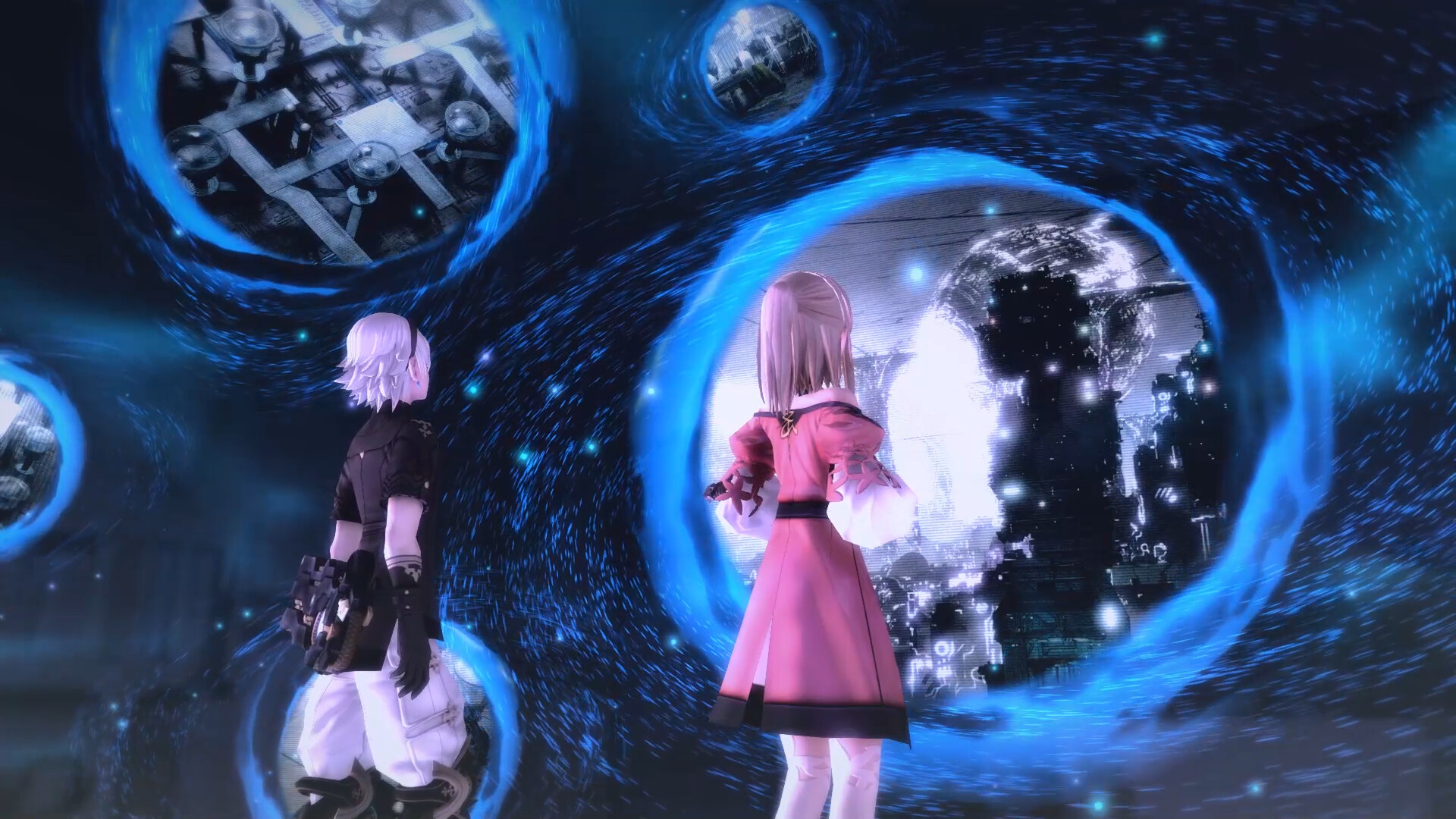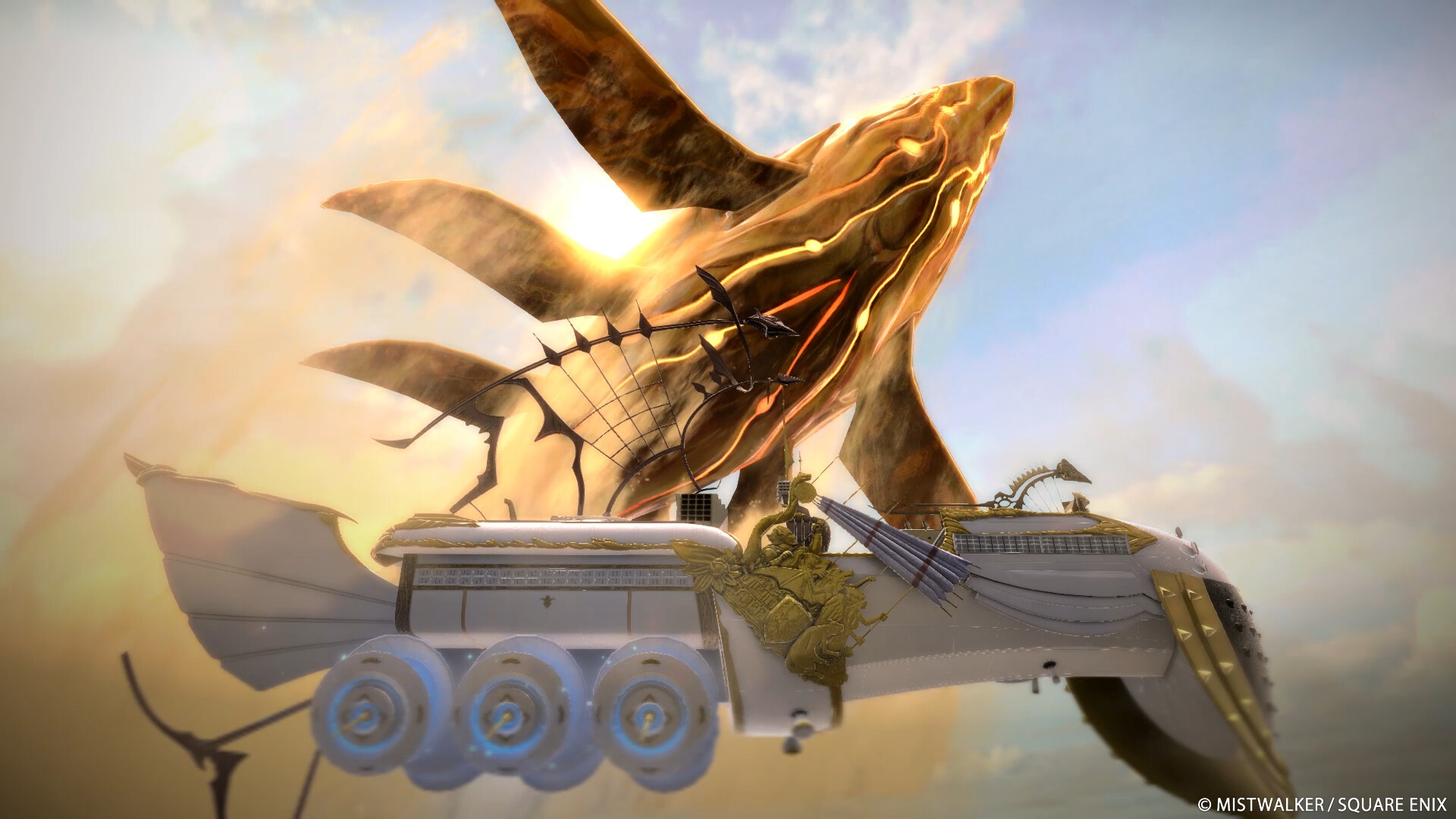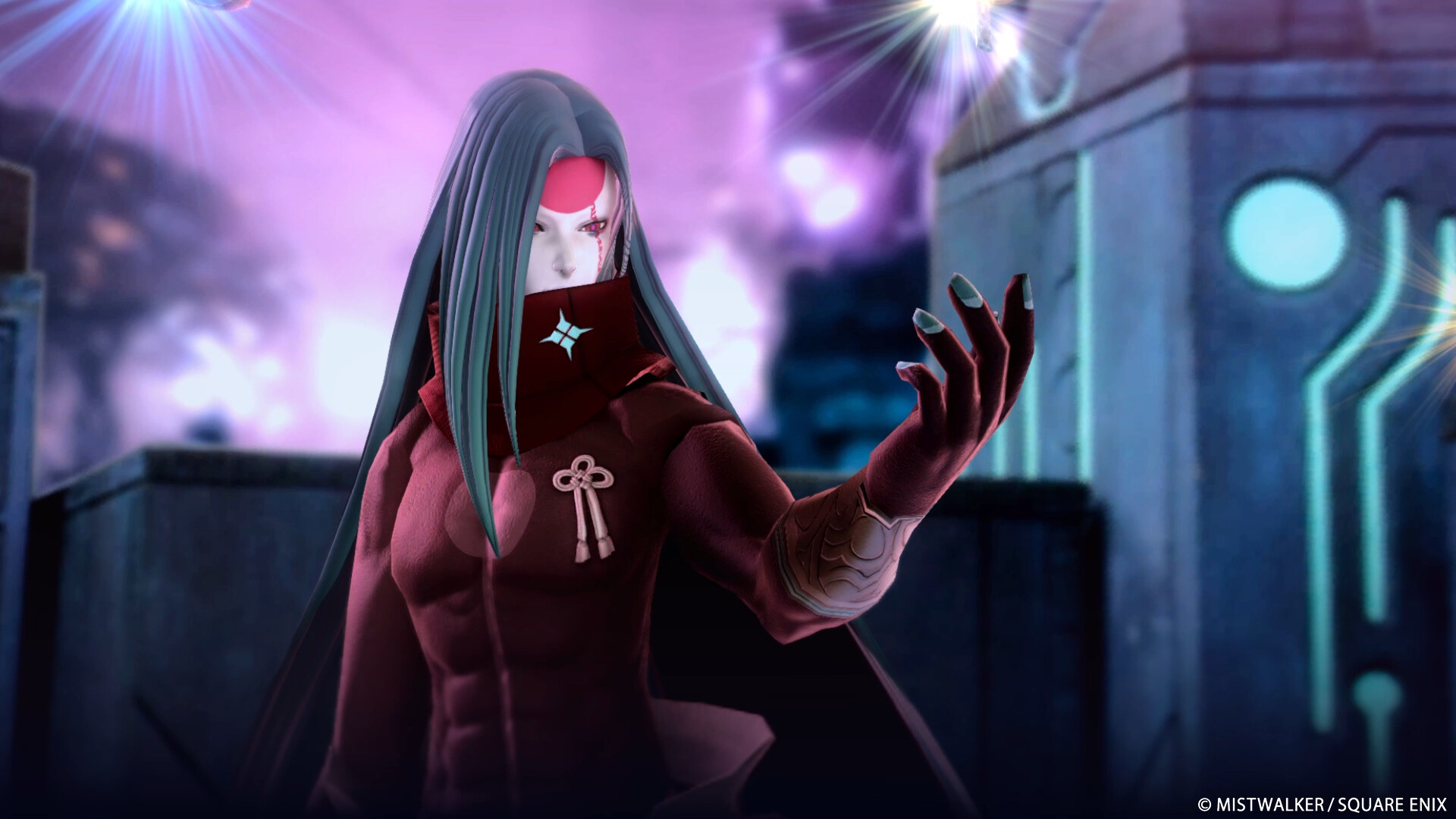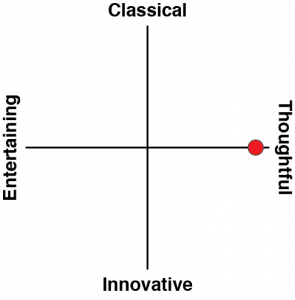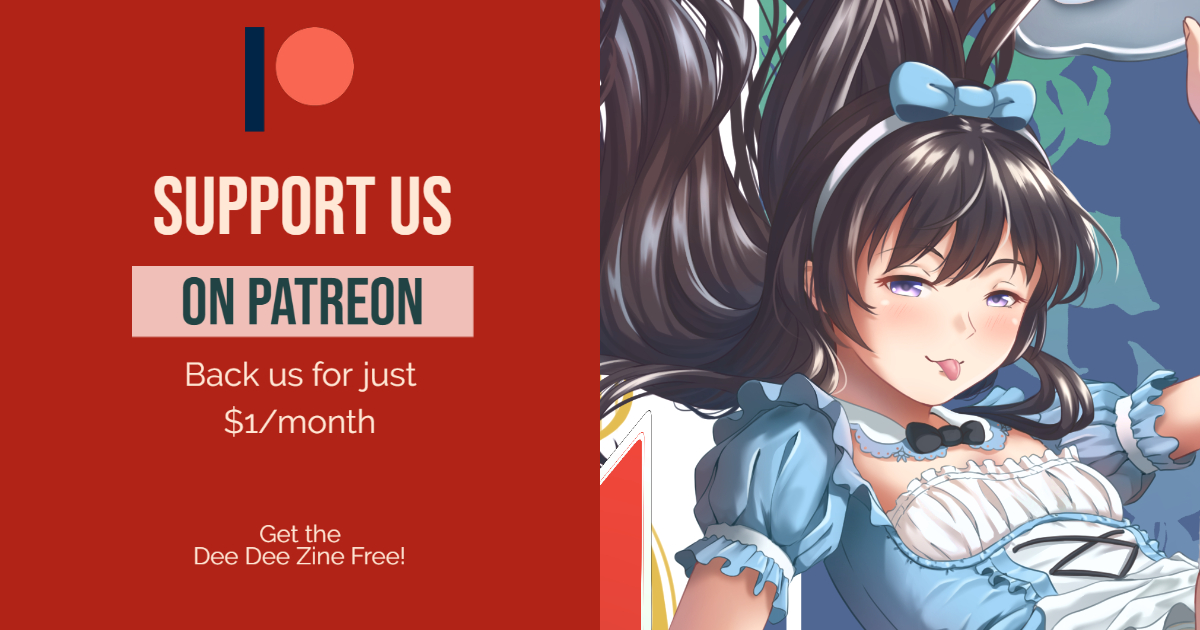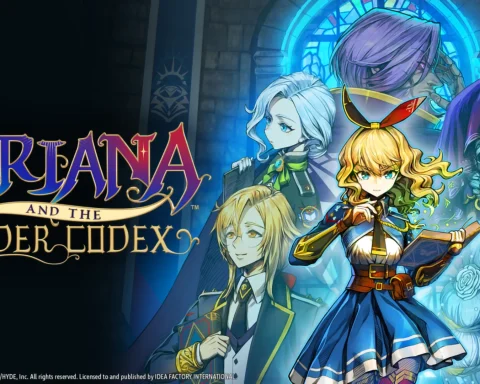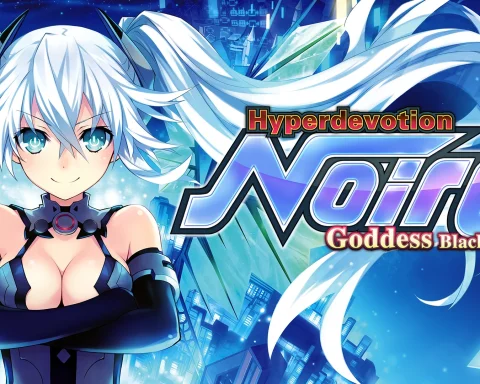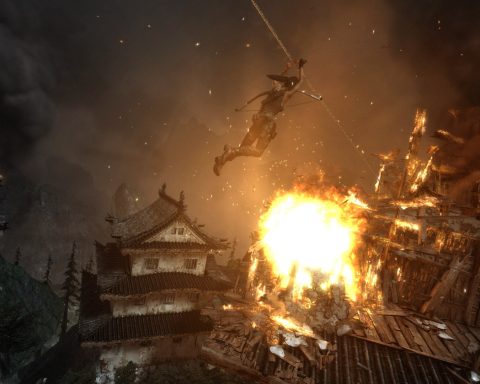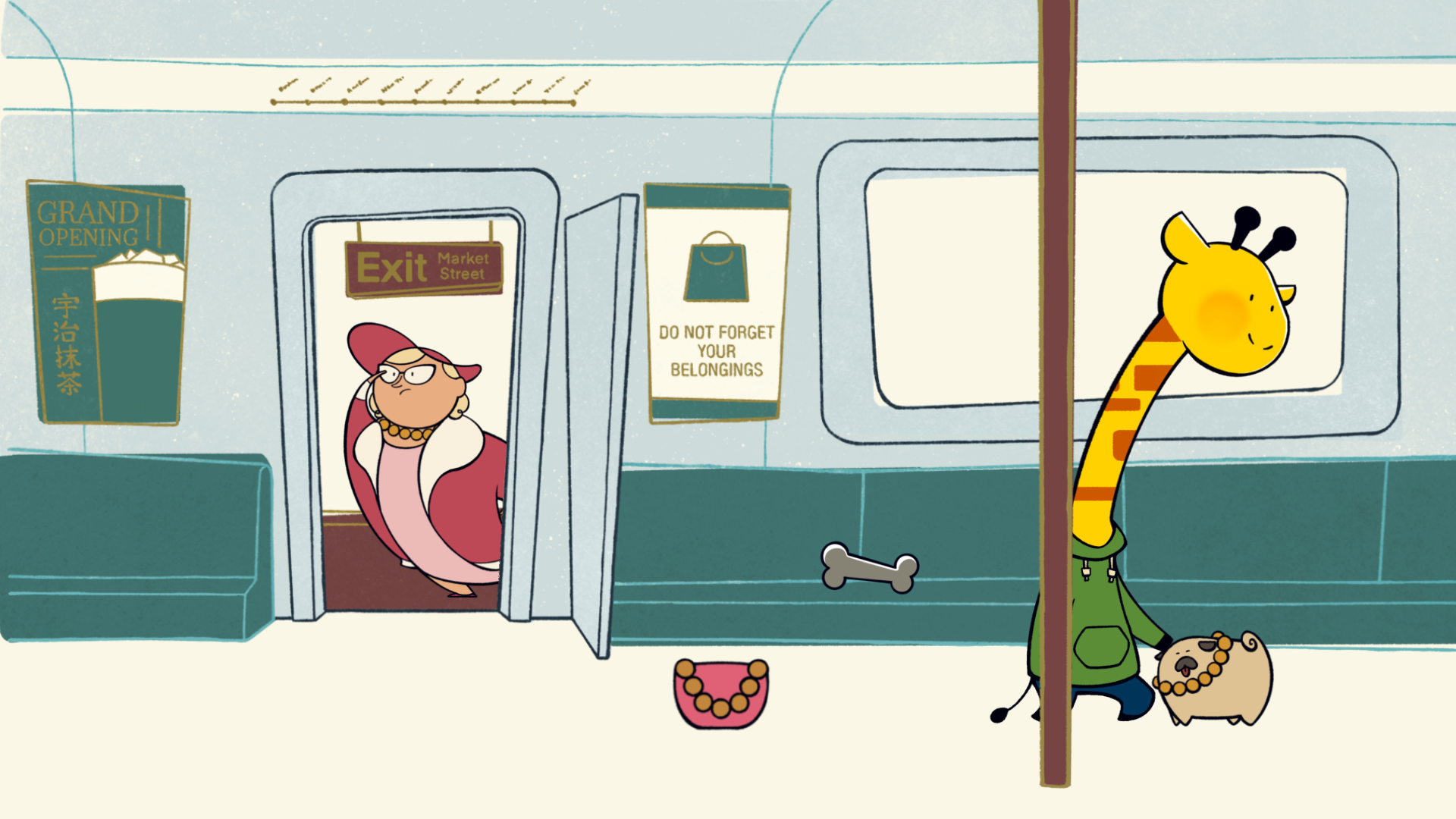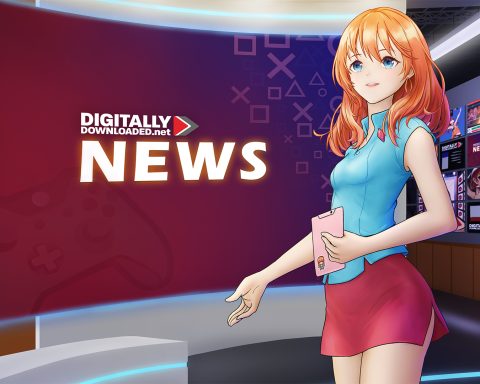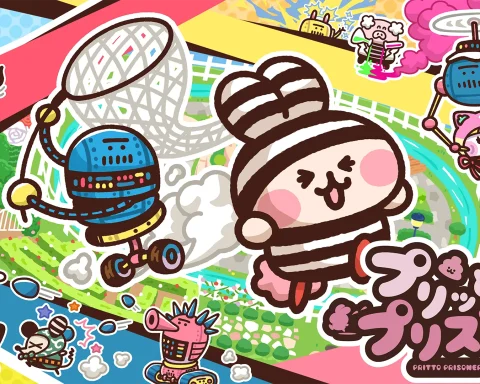Fantasian spent so long as an Apple Arcade exclusive that I was worried that Apple had somehow wound up actually owning the game, rather than just licensing it, and it would never make its way off that platform. Not that Apple Arcade is bad, but this kind of deep, rich JRPG experience belongs on consoles too. Now it’s on Nintendo Switch.
The best way to think of Fantasian is as a homage to Final Fantasy VII, but the guy that was responsible for Final Fantasy VII. A homage to his own work, in other words. Or perhaps nostalgia on his part for how JRPGs used to be made. You’re going to come across constant references to Final Fantasy VII, be that through the story, the characters, the plot, the art or the music. The game’s even structured in roughly the same way that Final Fantasy VII is, with the first half being generally linear and tight, while the second half really opening up to offer players a more non-linear world to explore.
The developer has even found a very modern, but nostalgic way to do exploration. Final Fantasy VII used pre-rendered backgrounds – effectively static pictures. You couldn’t manipulate the camera because there was only a single perspective drawn. This was useful for saving on memory use back in those days, but the developers couldn’t move off it to fully rendered 3D backgrounds as machine power and storage space improved.
Fantasian, however, echoes that era in a highly stylised way – environments are actual dioramas that were photographed and then brought into the game engine. This allowed the developer to implement limited (but useful) camera movement, and so offer an interface and game world that better suited modern sensibilities while providing the same aesthetic and tone as the pre-rendered backgrounds of yesteryear.
Here’s another great example of just how committed Fantasian is to nostalgia: The first weapon shop that you find in the first town of Fantasian has a delicious “Easter Egg” that no one bothered actually hiding. Hanging on the wall at the back of the store is a replica of Cloud’s iconic sword from Final Fantasy VII. You can’t wield it. You’re playing a different character and he’s not Cloud. He is, however, some kind of eco-terrorist and the world is being destroyed via a mechanical-driven plant-robot plague (it’s vague at first), so he and Cloud would have been best pals, and this is clearly a game that stands in homage and reverence to that epitome of the genre. Fantasian travels familiar themes and to go with its stylistic and aesthetic parallels to Final Fantasy VII, and because, again, it was made by the people that made actually made Final Fantasy VII, it is the most authentic “retro throwback” JRPG we’ve seen in years.
None of any of this is to suggest that Fantasian lacks its own identity, though. One of my favourite features of the game is that it features storybook sequences, which are vaguely reminiscent of what this same development team did with Lost Odyssey back on the Xbox 360. To share key flashbacks or moments of the story, the game shifts to a brief “visual novel” segment where it utilises particularly poetic language to really drive home key themes and messages that you’re meant to keep in mind as you play on. The design and application of these sequences meant they needed to carry a lot of the characterisation and emotion of the game, so it’s just as well that they’re beautifully written, and supported with some gorgeous hand-drawn art aesthetics.
Meanwhile, the combat has a fun twist on the standard menu-driven turn-based action, too. Line of sight matters in Fantasian – a burly fighter at the front of a row of enemies can protect those behind him and act as a shield wall, as physical attacks need to draw a direct line of sight to the enemy to be able to strike. However, magic attacks can be curved, so using your party in such a way that you can deal with different enemy configurations is core to the game’s strategy, and while it’s mechanically simple, it does add additional texture to ensure that the combat is more engaging than simply selecting an enemy from a menu and watching the attack play out.
The latter half of the game also introduces some complex skill trees and shakes up the game in other, significant ways. In fact, one of the biggest issues with Fantasian Neo Dimension is that it features both chapters of the game in a single bundle, without the gap between “chapter” releases that occurred on the Apple Arcade. The whole experience makes much more sense if you treat the two halves almost like Final Fantasy X and X-2 – with the two being intimately linked, but the second being a response and “answer” to the first. Here the jump between the two chapters is seamless, and yet jarring because of that.
I know, it’s obviously a great game when the best complaint I can come up with is that it should have been more cleanly organised into two distinct and separate chapters. There are two more significant technical issues, however. The first is the controls. Whenever the camera shifts perspective, the direction that your character moves isn’t altered to compensate, so it’s a little too easy to crash into the scenery. It’s by no means game-breaking and there’s no consequence to it, other than the broken immersion. It’s still a moment of imprecision in an otherwise impeccable game.
The other big issue is loading times. I can’t remember if the Apple Arcade original had significant loading times, but on the Switch moving into a new area takes longer than I would have expected. The art looks gorgeous when it is displayed on the OLED screen, it’s just a test of patience to be moving from shop to shop and area to area.
It’s hard to shake the feeling that Fantasian was a project designed to give several legends of the JRPG genre closure. By revising their great classic and both modernising and paying homage to it in equal measures, they can look back at their careers with the satisfaction of having completed a full journey of their own. For people that clearly love storytelling so much it’s hard to imagine a better way to finish up.
